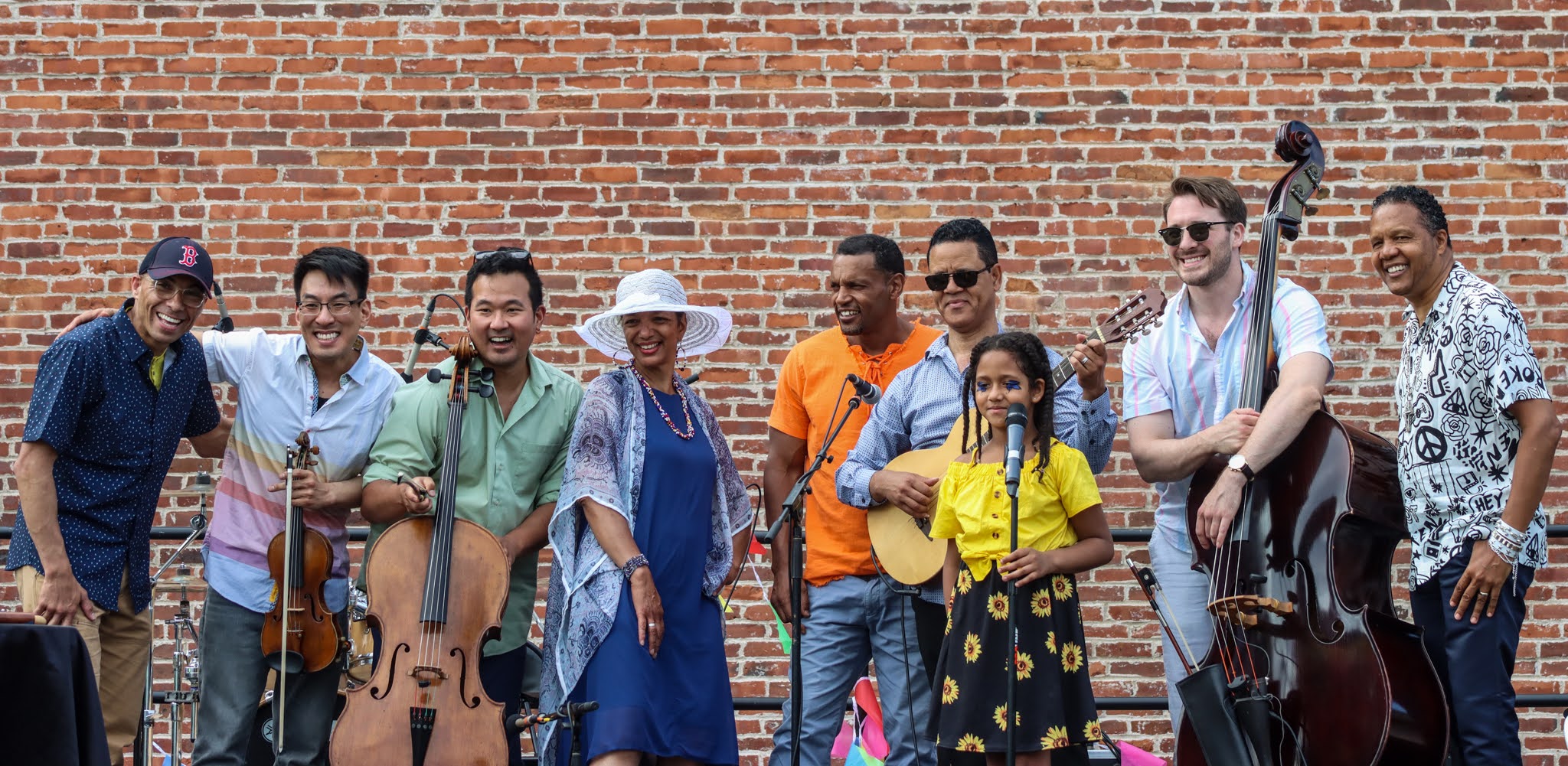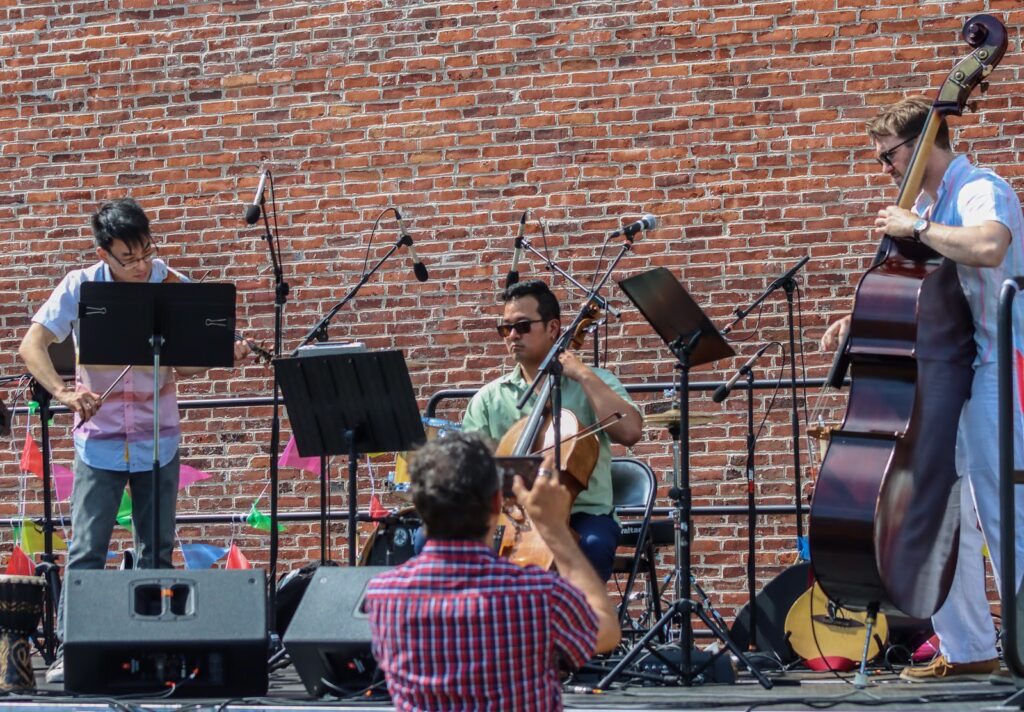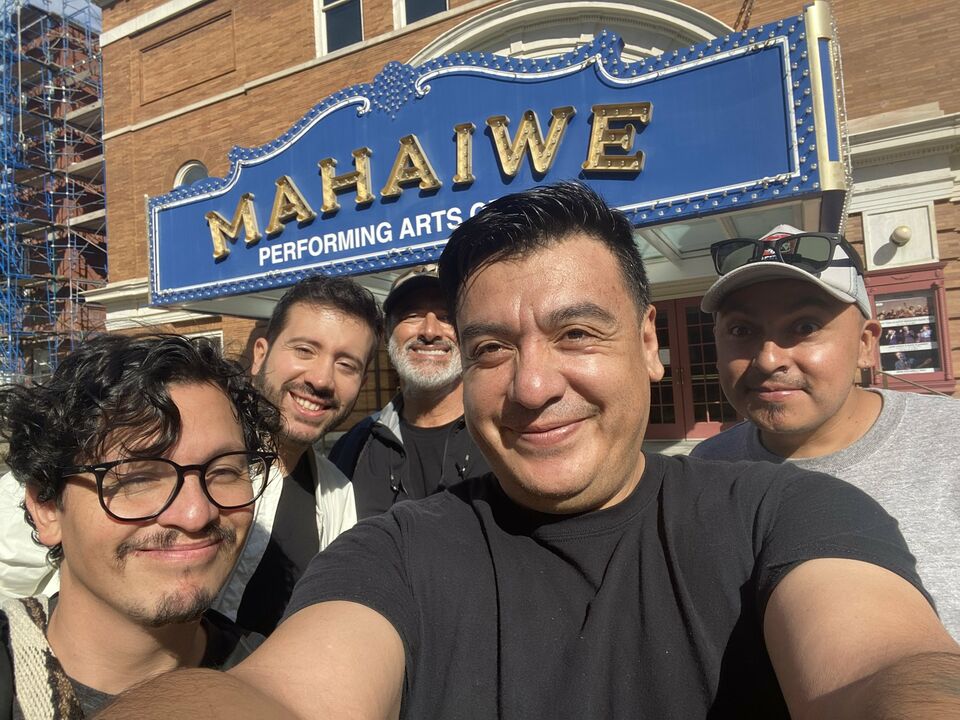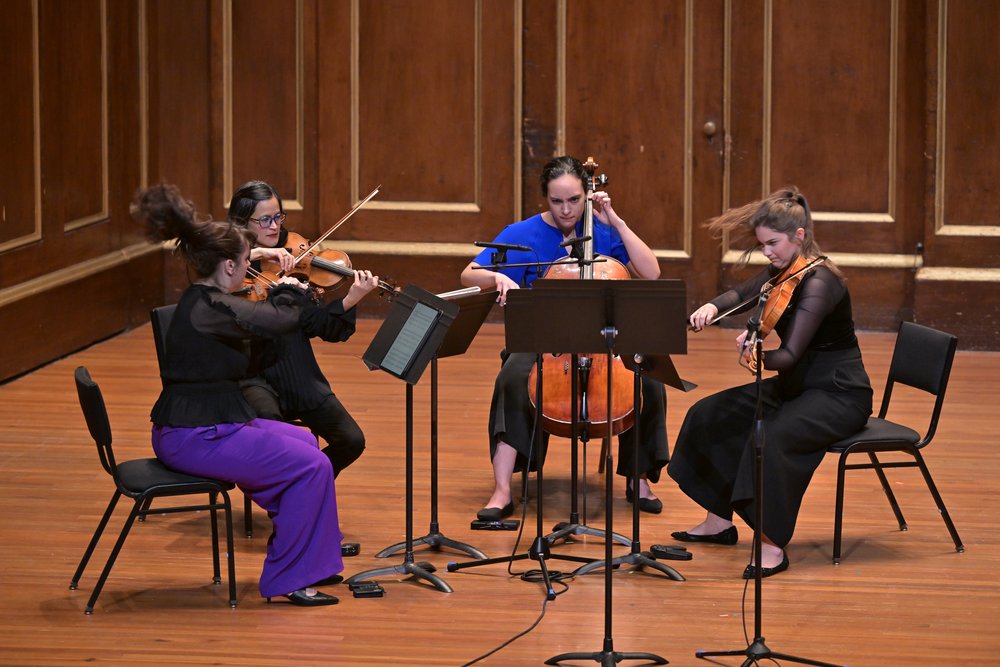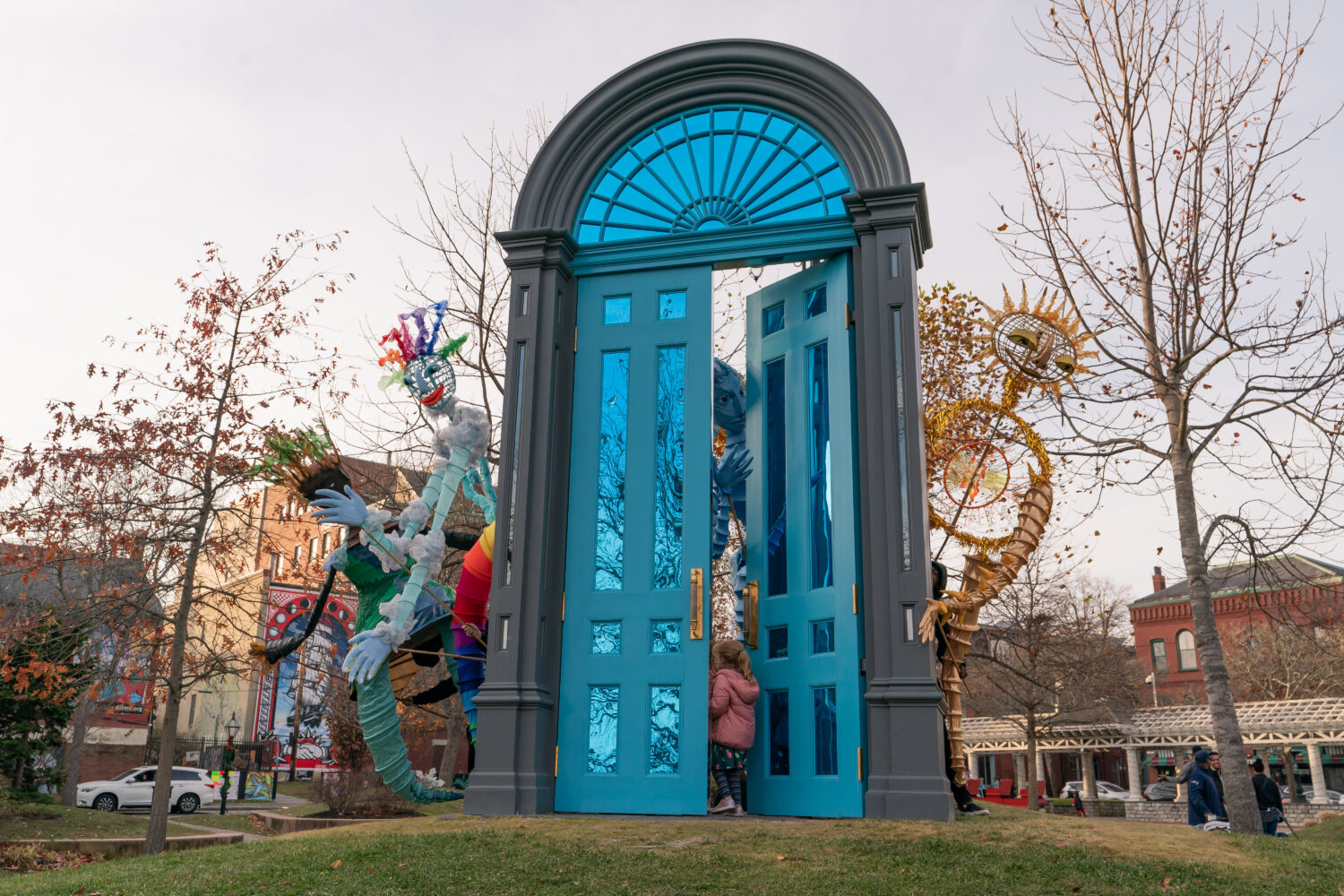It has been evident from my conversations with leaders of arts organizations across the state that the arts field has been transformed by both the pandemic and the racial justice reckoning. This took many shapes and forms, ranging from furloughs and layoffs due to pandemic program shutdowns to internal self-assessments and public call outs about how organizations need to meet the moment. These fraught times have been full of difficult changes in reaction to difficult circumstances. But they have also been full of proactive and inspiring examples of arts organizations re-imagining themselves and the roles they can play in their communities, as they build knowledge and skills to embed and advance more equitable practices.
One consistent theme in my conversations with arts leaders in recent years – they are hungry for an exchange of ideas. They know that their peers are wrestling with the same challenges and critical questions around equity and anti-racism.
Myriad questions have surfaced, such as:
- What does it mean for an arts organization to take on political and social challenges of the times?
- What to do when the staff’s vision gets ahead of that of the board?
- How does one navigate long-time audiences and donors not seeing themselves reflected in the new goals of an organization and withdrawing their support?
- How does one advance pay equity, when the business model might not support it?
- How can an organization form more authentic and trusted relationships with communities they wish to serve?
- What might new models of leadership and power sharing look like that could support greater equity within organizations?
- How could organizations transform to support employee wellness and better work/life balance?
Arts leaders long to hear case studies and promising practices – especially on the “brass tacks” of implementation. That’s why I am so excited to introduce this new series entitled Change from the Inside Out. It shares grantees’ reflections, inspiring practices, and interesting ideas at the forefront of organizational change.
This time of great upheaval and reimagining deserves to be documented and shared, so that we can hold ourselves accountable to change and help propel it forward.With the power of the Black Lives Matter movement and activism, we saw a lot of messages of solidarity and affinity, along with pledges to break down white supremacy and honor new commitments to racial equity. Several years on now, people of color are asking, “What’s changed?” In this series, we offer a partial response. We have chosen to highlight organizations that are in the thick of the hard work of navigating new territory and learning how they can be more equitable. They are digging deep. We are capturing them at a moment in time on their journeys, sharing what’s working and lessons learned along the way.
We want to thank our partners for being courageous enough to share their journeys. Executive leaders are still at a challenging crossroads, trying to keep their organizations afloat without a road map, while deepening their knowledge and expertise on becoming anti-racist organizations and leading organizational change management processes.
Our hope is that this series will be a brave space that can inspire leaders to connect, to be vulnerable with one another, to share strategies, and support one another on making the arts field more equitable. We hope that arts organizations will be accessible to all, bastions of belonging and inclusion in their communities.
